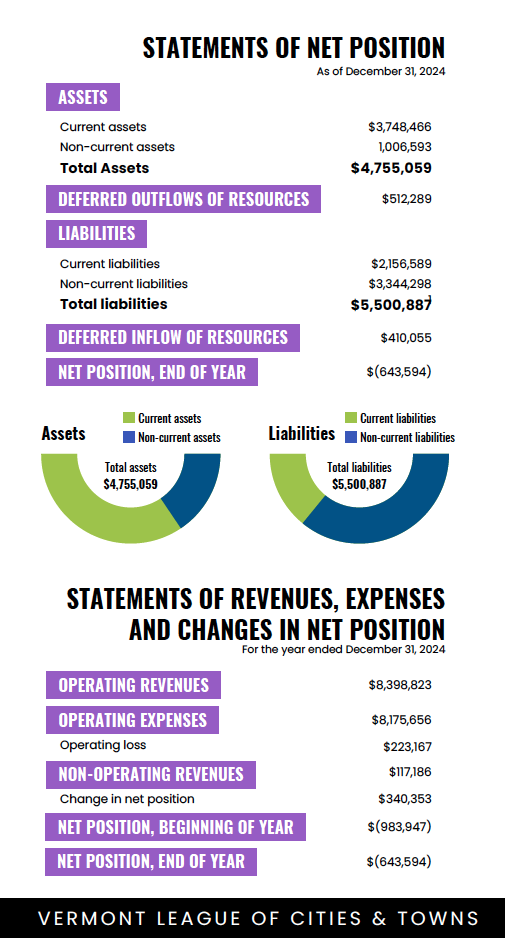Next Steps for Towns Impacted by July 2025 Flooding

In late October, Vermont's request for a federal disaster declaration for rainfall and severe flooding on July 10, 2025, was denied. What should impacted municipalities do next?
Municipalities should contact their VTrans District Office, if District staff haven't contacted them since the federal denial was received.
District staff can:
- help you file for Federal Highways Administration Emergency Relief assistance if a federal aid highway was damaged in your community.
- keep you updated on whether the State will be appealing FEMA's decision.
- discuss potential coverage through Vermont's Town Highway Emergency Fund. This State funding assistance is available for repair, reconstruction or replacement of highways and bridges on Class 1, 2, or 3 town highways outside federally declared disaster events.
The Town Highway Emergency Fund may not have sufficient funds to cover all eligible costs for affected towns. If cash flow is a challenge, the Vermont Bond Bank may be able to assist with a loan. Contact Ken Linge at ken@vtbondagency.org.

